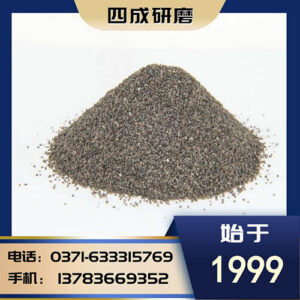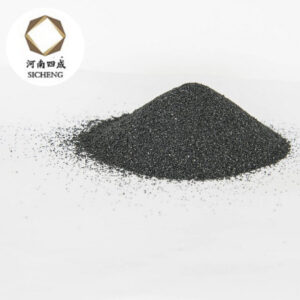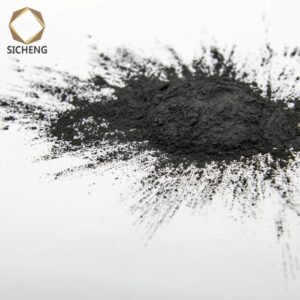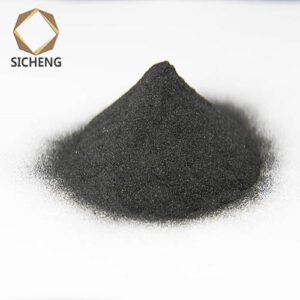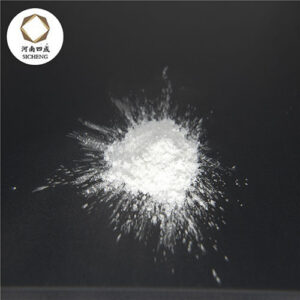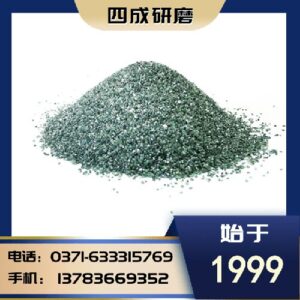1. The difference between brown corundum and silicon carbide raw materials
Brown corundum: commonly known as corundum, is a brown artificial corundum produced by melting and reducing alumina, carbon materials and iron filings in an electric arc furnace. Hence, it is called by this name. The main chemical composition of brown corundum is aluminum oxide, its content is 95.00%-97.00%, and it contains a small amount of iron, silicon, titanium, etc. Brown corundum is the most basic abrasive, and it is widely used because of its good grinding performance, wide application range and low price.
Silicon carbide is also a rare mineral in nature, kyanite. Silicon carbide is also known as moissanite. Since the natural content is very small, silicon carbide is mainly man-made. The common method is to mix quartz sand with coke, use silicon dioxide and petroleum coke, add salt and sawdust, put it in an electric furnace, heat it to a high temperature of about 2000°C, and obtain silicon carbide micropowder after various chemical processes .
2. Different uses of brown corundum and silicon carbide
Brown corundum can be used to manufacture ceramics, resin high-consolidation abrasives, grinding, polishing, sandblasting, precision casting, etc., and can also be used to manufacture advanced refractory materials.
Silicon carbide mainly has four major application areas, namely: functional ceramics, advanced refractories, abrasives and metallurgical raw materials.
3. Differences in properties between brown corundum and silicon carbide
Brown corundum has the characteristics of high purity, good crystallization, strong fluidity, low linear expansion coefficient and corrosion resistance. Brown corundum is only suitable for removing burrs on the surface of stainless steel, carbon steel, aluminum alloy and other hardware parts.
Silicon carbide has two commonly used basic varieties, black silicon carbide and green silicon carbide, both of which belong to α-SiC. ① Black silicon carbide contains about 95% SiC, and its toughness is higher than that of green silicon carbide. It is mostly used for processing materials with low tensile strength, such as glass, ceramics, stone, refractory materials, cast iron and non-ferrous metals. ②Green silicon carbide contains more than 97% SiC and has good self-sharpening properties. It is mostly used for processing hard alloys, titanium alloys and optical glass, and is also used for honing cylinder liners and fine grinding high-speed steel tools. In addition, there is cubic silicon carbide, which is a yellow-green crystal produced by a special process. The abrasive tool used to make it is suitable for the ultra-finishing of bearings, and the surface roughness can be processed from Ra32~0.16 micron to Ra0.04~ 0.02 microns.
